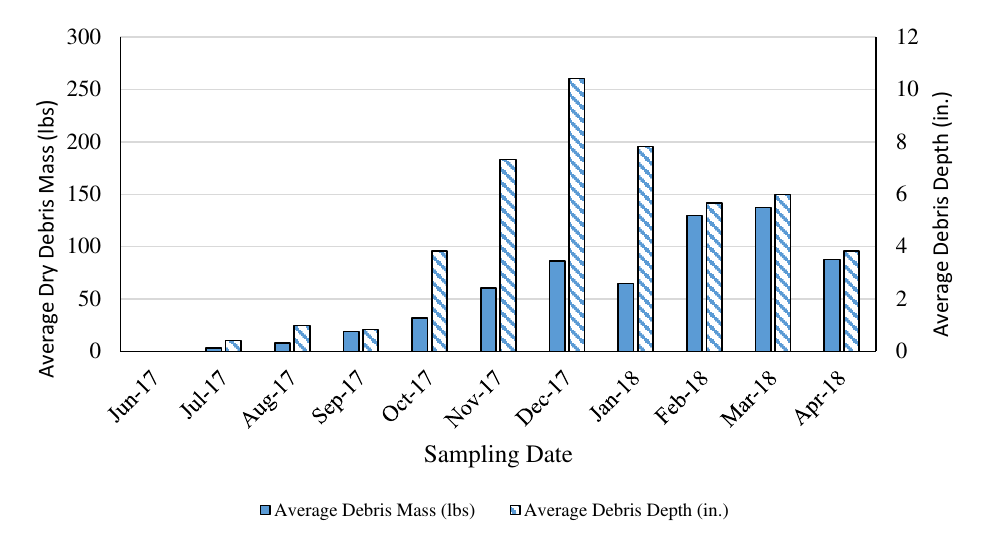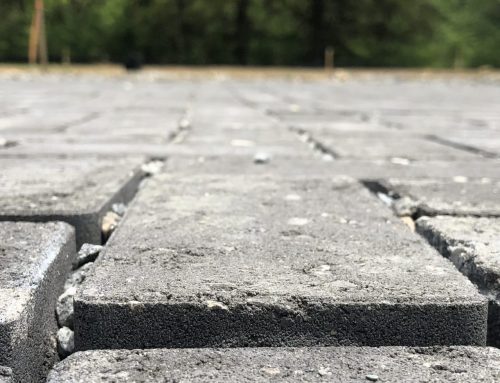The Center for Watershed Protection, in partnership with Morgan State University, recently completed a research study for Maryland Department of Transportation State Highway Administration (MDOT SHA) to evaluate and provide recommendations to optimize their inlet cleaning program for TMDL compliance. Inlet cleaning is an element of the MDOT SHA’s plan to achieve regulatory compliance for TMDL and MS4 requirements. While there are current crediting protocols and guidance to translate material removed from inlets to nutrient and sediment load reductions, to date, there is limited research to quantify nutrient and sediment load reductions from inlet cleaning. The studies that do exist report considerable variability or provide volumetric measurements of material rather than the constituent pollutants. As such, one of the challenges of meeting the TMDL mandates is the need for good local data to characterize the target pollutants cleaned from inlets.
The two-year project began in March 2016 and included three components: 1) literature review, 2) inlet monitoring, and 3) a survey of inlet cleaning operations. The monitoring component of this study is summarized below. The results of the project are anticipated to be highlighted in the MDOT SHA NDPES Annual Report published in October 2019 and will be available for download on MDOT SHA’s MS4 Permit webpage.
The inlet cleaning monitoring component for this study focused on quantifying the amount of nitrogen, phosphorus and sediment loads associated with material removed from each inlet. The monitoring included: 1) characterization and quantification of material removed from inlets using a Vactor Truck and 2) accumulation of material in inlets. A Vactor Truck 2100 Series was used for this study, while in-situ monthly measurements were taken at a subset of designated inlets.
Inlet cleaning monitoring occurred between March 22, 2017 through May 25, 2018 using a Vactor Truck 2100 Series. A total of 97 inlets were cleaned over eleven sampling events with an average of nine inlets cleaned per day. Typically, the inlets cleaned were not full at the time of cleaning. This was consistent with an inlet inventory completed by MDOT SHA in 2017 by KCI that found 42% of the urban inlets inspected required cleaning, operationally defined as the pipe and/or chamber was found to be greater than 25% full. Overall, the average composition of sediment, organic material and trash was 67%, 31%, and 4%, respectively (based on dry weight). However, composition of the individual inlets varied and this likely had a significant effect on the mass of material removed given the differences in bulk density of material samples (Figure 1). For example, the range in dry weight of sediment was estimated from 32% to 85%, organic matter ranged from 13% to 66% and trash from 1% to 14% over the data collection period.
 Figure 1. Bulk density (kg/m3) of inlet debris: vegetation, sediment, and combination material of vegetation and sediment.
Figure 1. Bulk density (kg/m3) of inlet debris: vegetation, sediment, and combination material of vegetation and sediment.
The accumulation of material in the inlets was also variable. While MDOT SHA inlets are designed to be self-cleaning, material begins to accumulate once the pipes in the chambers are clogged. A general trend in accumulation was observed for most of the inlets with a net accumulation of material from July through December, and a net loss of material with the onset of winter (January through March) (Figure 2). However, other patterns were also observed that include:
- not all inlets had material in them every month, or
- minimal material accumulation throughout the year
- following an initial decrease in material from December to January, the debris content remained relatively stable through April.
 Figure 2. Example pattern for inlet accumulation.
Figure 2. Example pattern for inlet accumulation.
The results of the monitoring study suggest that seasonality, or time of inlet cleaning, along with the type of material removed from the inlet, provide opportunities to modify program operations that may yield increase in load reductions for TMDL compliance. The results also suggest that a single default value for material removed from inlets may be insufficient and limit the available credit for inlet cleaning. This study found that inlets in the project area were not typically full and there is a wide range of mass and volume accumulation that varies by type of material. The recommendations from this study may be used by MDOT SHA to optimize the credit available from inlet cleaning.
Funding for the project was provided by the Office of Policy and Research, MDOT SHA. Contact Neely Law at nll@cwp.org for more information about the project.






